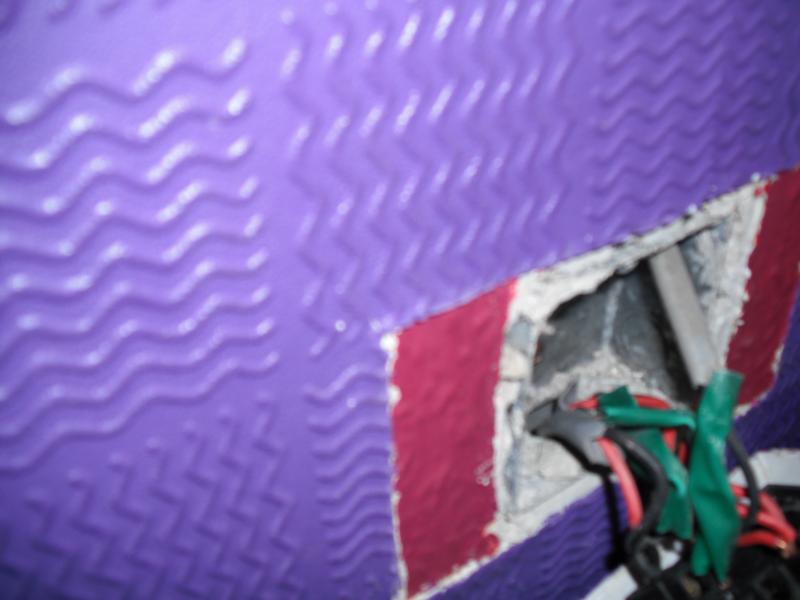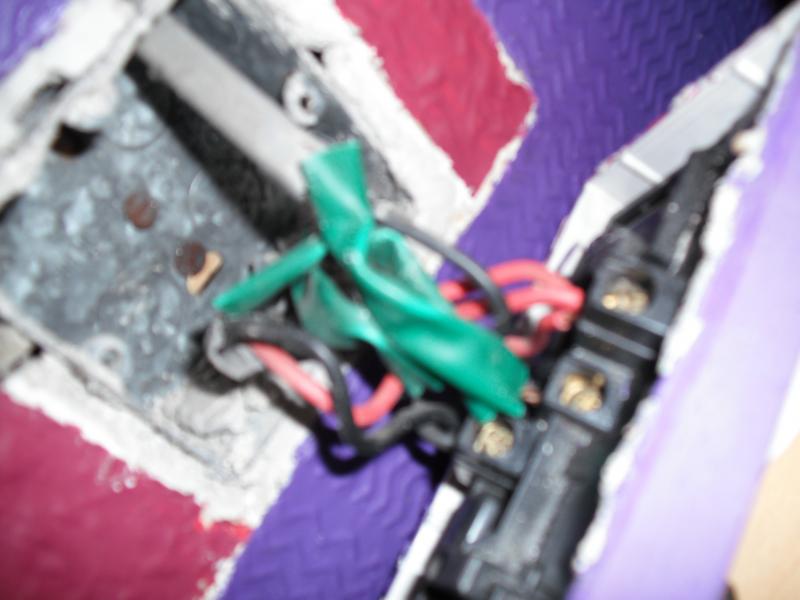Hello.
I put some extra sockets in my attic this afternoon by extending what i thought was the ring main but what it turns out to be a socket spur from a socket spur.
To put this right then i need to take a new wire from the last socket of what is now 5 chained spur sockets and connect it back into the ring main where it comes from the ring main.
and connect it back into the ring main where it comes from the ring main.
the spur is fed from a single socket with a double faceplate adaptor thing screwed onto it.
Is it ok to connect the spurs back into the ring in a terminal block in the socket back box? i would probably swap the back box for a double anyway to make life easier so there would be more room but would there be enough room and is this permissable to do?
The only alternatives i can think are putting a junction box in under the socket behind the wall but i thought it would be a bit inaccessible.
i could of course put in a new back box with a blank faceplate and connect it in there but this would be the second last option, only just beating running a new cable because to be honest i have no idea where it goes next but I'm pretty sure both wires go to sockets in exterior walls
Sorry this post is far longer than necessary, but i thought you might need all the details.
I put some extra sockets in my attic this afternoon by extending what i thought was the ring main but what it turns out to be a socket spur from a socket spur.
To put this right then i need to take a new wire from the last socket of what is now 5 chained spur sockets
the spur is fed from a single socket with a double faceplate adaptor thing screwed onto it.
Is it ok to connect the spurs back into the ring in a terminal block in the socket back box? i would probably swap the back box for a double anyway to make life easier so there would be more room but would there be enough room and is this permissable to do?
The only alternatives i can think are putting a junction box in under the socket behind the wall but i thought it would be a bit inaccessible.
i could of course put in a new back box with a blank faceplate and connect it in there but this would be the second last option, only just beating running a new cable because to be honest i have no idea where it goes next but I'm pretty sure both wires go to sockets in exterior walls
Sorry this post is far longer than necessary, but i thought you might need all the details.



